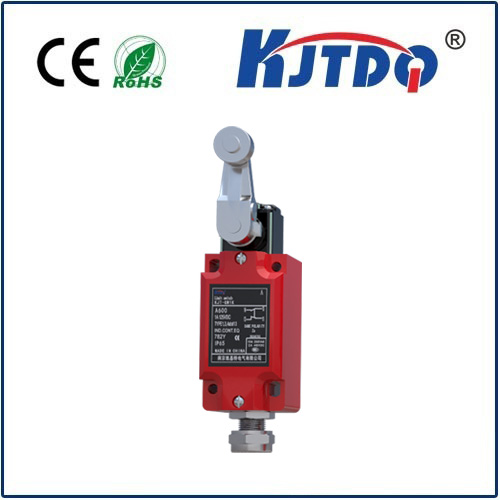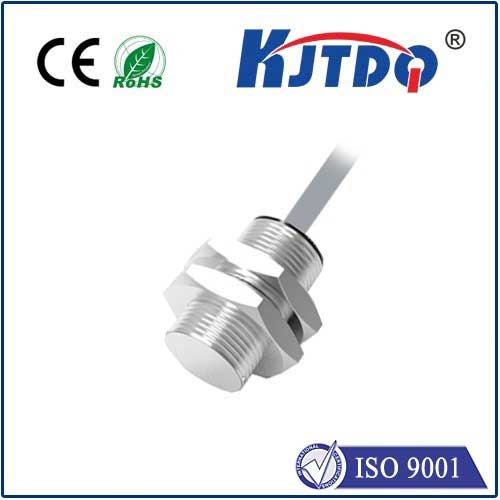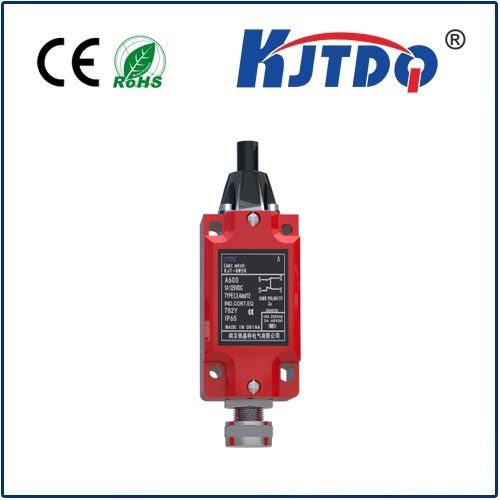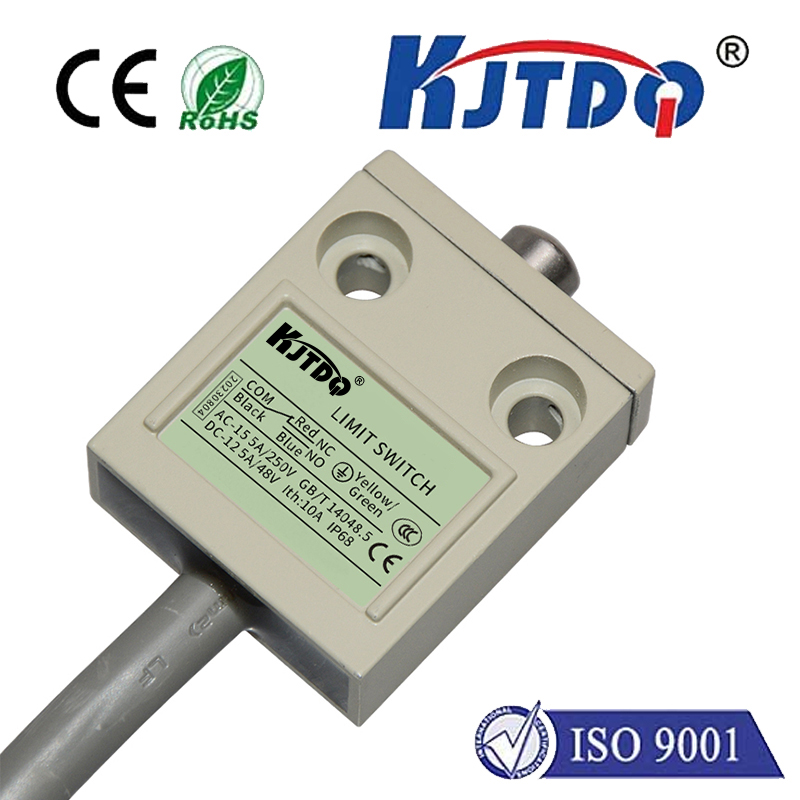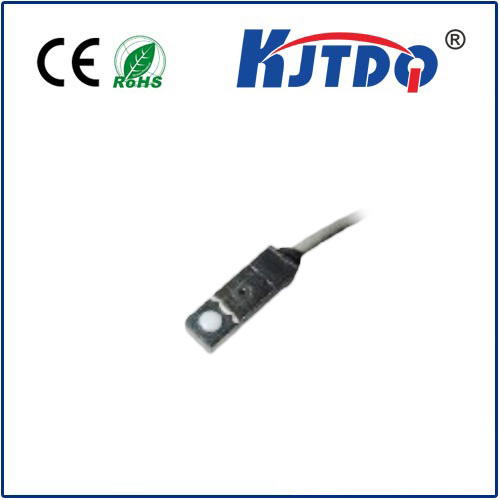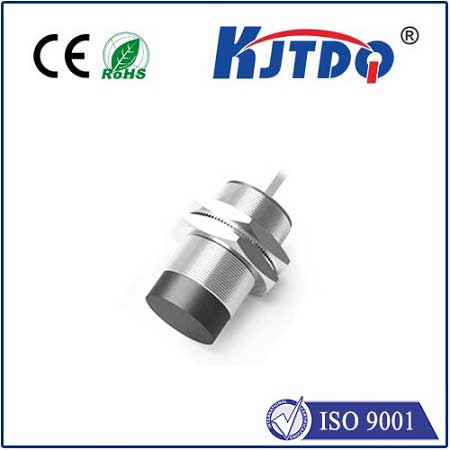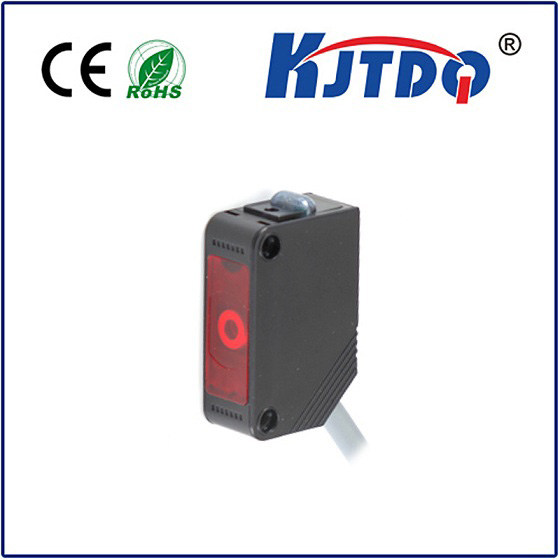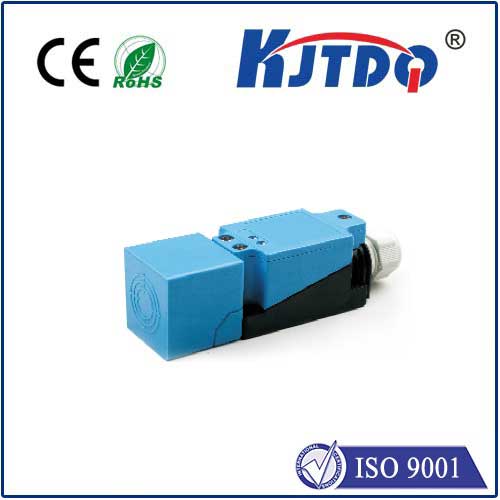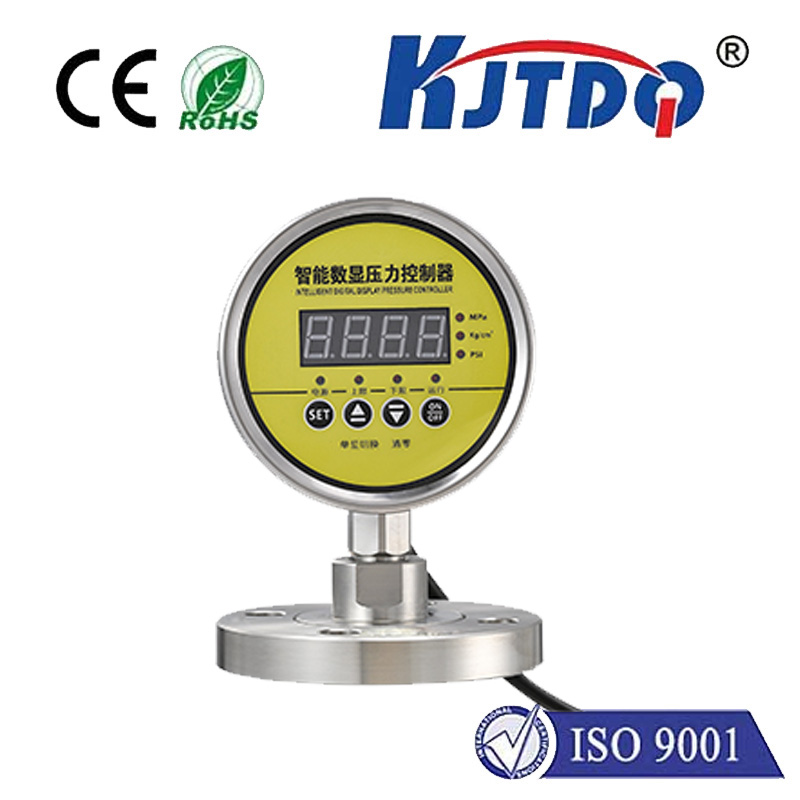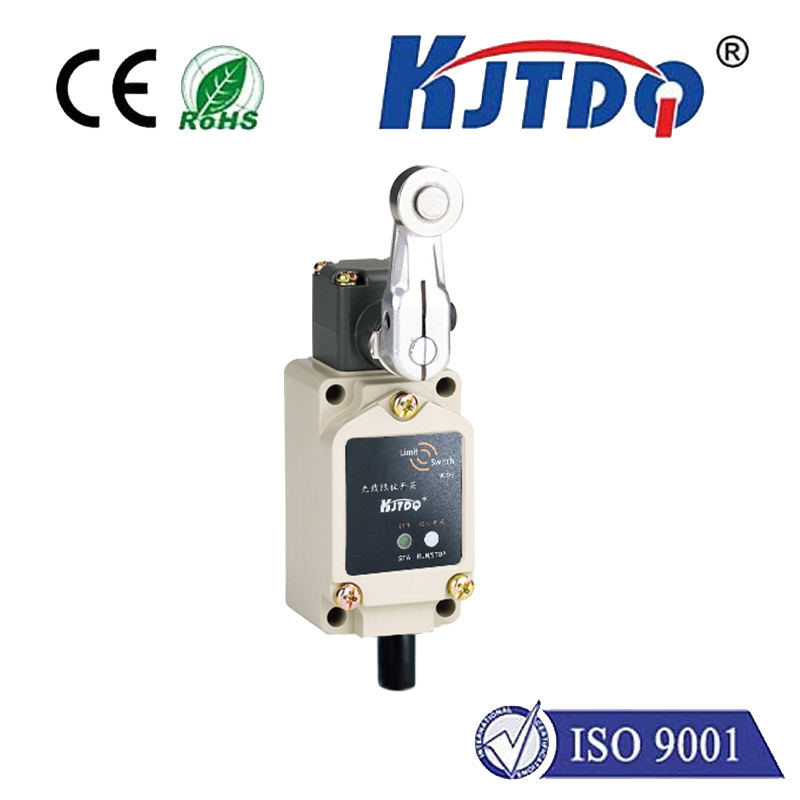

check

check

check

check

check

check

check

check

check

check
Comprehensive Guide to Understanding and Selecting Limit Switches
Limit switches are critical components in industrial automation and machinery, designed to detect the presence or absence of an object, thereby controlling machinery movements. Among the vast array of limit switches available, the 10A 500V limit switch stands out due to its unique features and versatile applicability.
Understanding the Basics of a 10A 500V Limit Switch
To comprehend the essence of a 10A 500V limit switch, one must first grasp its fundamental attributes. A limit switch is essentially an electrical switch that is used to detect the motion or position of an object, triggering a change in electrical current upon actuation. The specified 10A 500V rating indicates that these switches can safely handle up to 10 amperes of current at voltages as high as 500 volts AC. This makes them suitable for a broad range of applications where robust performance under substantial electrical loads is required.

The Importance of Rating in Selection
Understandably, the rating of any electrical component is a crucial factor in its selection process. For limit switches with a 10A 500V rating, it's important to ensure that the application does not exceed these parameters. Using switches beyond their rated capacity can lead to overheating, damage, or even failure, which could cause operational downtime and potential safety hazards. Therefore, it's advisable to consider the maximum load your machinery or system might impose and select a switch accordingly.
Applications of Limit Switches in Industrial Settings
In industrial settings, 10A 500V limit switches play a pivotal role in automation and control systems. They serve as safeguards to prevent machinery from operating out of predefined limits, thus protecting mechanical parts from wearing out prematurely or breaking. These switches are also integral in processes that require precision positioning, such as assembly lines and conveyor systems, where they ensure that components are accurately placed or removed.
Selecting the Right Type of Limit Switch
When selecting a 10A 500V limit switch, it's essential to consider the environment in which it will operate. For outdoor applications or areas exposed to harsh conditions, opting for models with higher IP ratings like IP66 can provide protection against dust and water jets. Additionally, considering the type of output you need (such as NO or NC) and the mounting configuration (like flange or angle mount) will help ensure compatibility with your equipment.
Conclusion and Considerations for Prospective Buyers
For those looking to purchase a 10A 500V limit switch, it's beneficial to consult platforms such as Alibaba or other wholesale suppliers known for offering a wide variety of switches from reliable manufacturers. When buying online, paying attention to seller ratings, product specifications, and return policies is crucial. As seen in various listings, options like FUKUOKA’s SA1 LWIO-abE LWIO-SA1 SB3 are well-suited for global buyers given its IP66 rating and wide availability.
As we have delved into the world of limit switches, particularly focusing on the 10A 500V type, it becomes evident that understanding the technical specifications and applications of these devices is paramount for effective industrial automation. By selecting the appropriate switch based on its rating, intended use, and environmental factors, users can enhance productivity and safety in their industrial environments.
